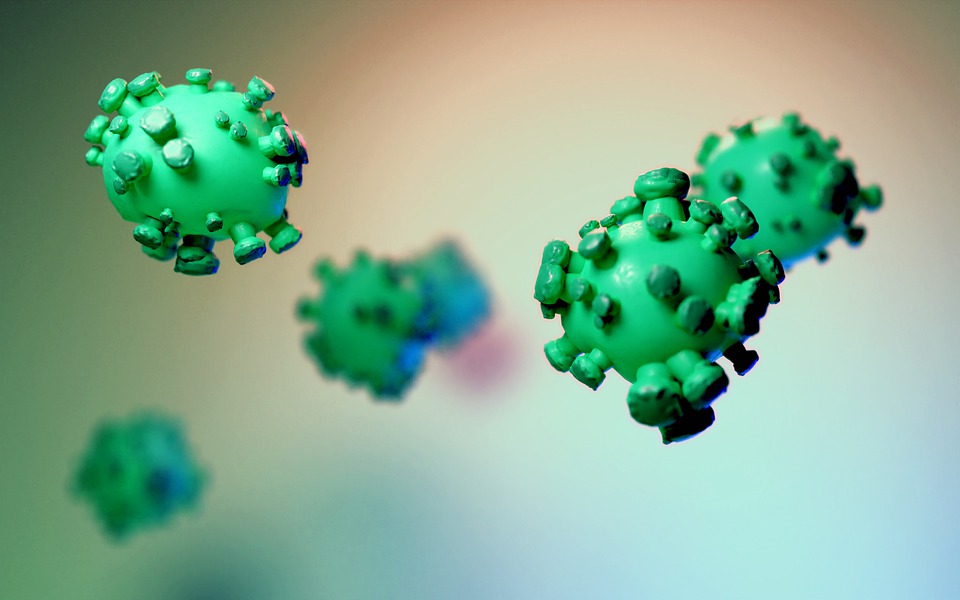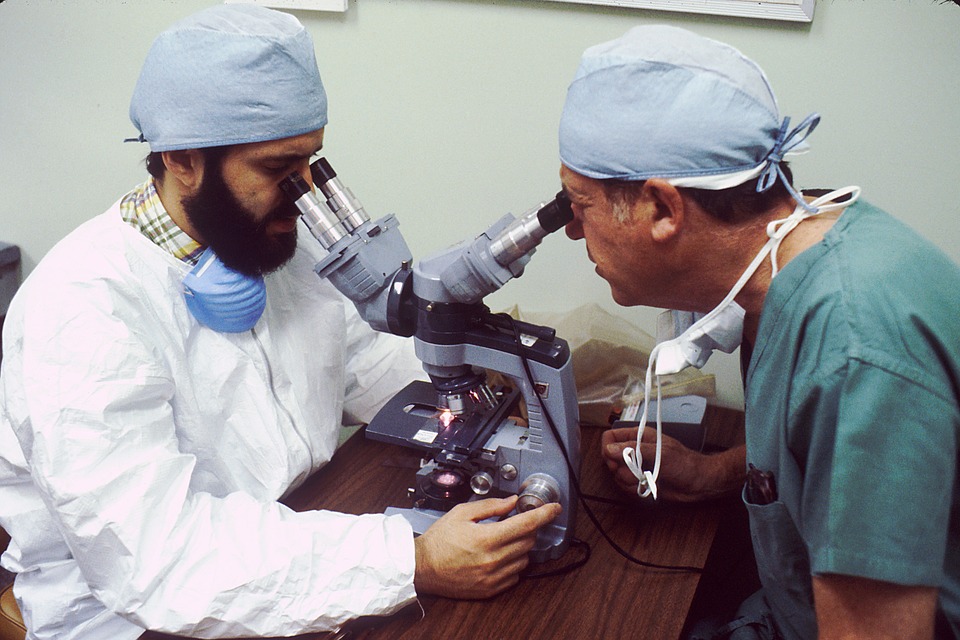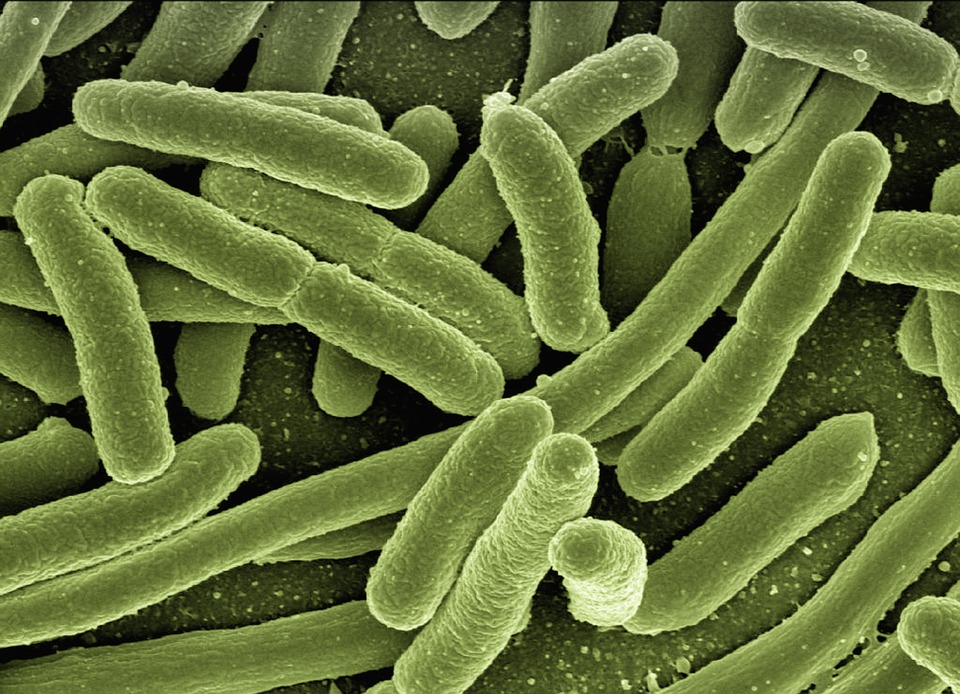Bacteria are a type of biological cell and are categorised among the unicellular life-forms called prokaryotes. They are also among the simplest and smallest living things. They are micro-organisms, which means that they can be seen only under a microscope. Some bacteria cause disease, but some do not. There are at least 2,000 species, and most of them are either harmless or helpful to other forms of life. Today, we shall answer some of your questions on bacteria.
How Big Are Bacteria?
A bacterium consists of only one cell. The largest bacterium is about 200 times bigger than the smallest. A single drop of sour milk may contain 100,000,000 bacteria. A thousand of even the largest bacteria can fit side by side on the tip of a pencil.
Where Do Bacteria Live?
Bacteria are everywhere. Some live in the mouths, noses and intestines of animals, including humans. Others live on fallen leaves, dead trees, animal wastes and carcasses. Bacteria live in fresh and saltwater, in milk and in most foods. They live in dust, soil and sewage. Some bacteria are able to feed on substances as hydrogen gas, ammonia, iron compounds and paraffin. A few even feed on acids and gases that are poisonous to man.
Although most bacteria are killed by extreme heat, some live in hot springs. Freezing may check their growth but does not ordinarily kill bacteria. They can remain inactive for long periods of time. Bacteria have been found frozen in salt deposits that are hundreds of millions of years old. These bacteria have become active in the laboratory.
How Do Bacteria Reproduce Themselves?

Most bacteria reproduce themselves by fission-that is, the cell of a bacterium divides into two. Depending on the kind of bacterium, the division may take place every 15 to 40 minutes. In theory, this means that bacteria could multiply by millions or billions within a few hours. But there is not enough food or moisture in any one place to support such numbers in actual practice. Competition for food keeps the bacteria population down and outside agents also kill many.
What Shape Are Bacteria?
Bacteria have three basic shapes, which take their names from Latin words. A rod-shaped one is called a bacillus, meaning “little rod.” The ball-shaped kind is the coccus, meaning “berry.” And the one shaped like a corkscrew is the spirillum, meaning “spiral.”
Do Bacteria Need Oxygen?
Like all living things, bacteria need oxygen to burn up food materials for energy. Most bacteria use free oxygen in the air. But some can take oxygen from other substances, much as a fish takes oxygen from water. Among these bacteria are some that cannot survive in the free oxygen in the air. They are called anaerobic bacteria.
How Are Bacteria Studied?

Because there are only three basic shapes, many kinds of bacteria look alike. To tell one type of bacteria from another, scientists study what each category eats, where it lives, and its special features. They observe the chemical changes produced by various bacteria.
When studying them, scientists grow bacteria in laboratories. They start with a mixture of many different bacteria from a source like spoiled food or the soil. The mixture is put into a flat glass dish- also known as a Petri dish-containing dissolved gelatin. The bacteria spread throughout the gelatin. When the gelatin cools and becomes solid, each bacterium is fixed in its own spot.
The bacteria feed on the gelatin and divide. Before long, colonies form, each consisting of only one kind of bacteria. Colonies can vary in shape, colour, odour and texture, and such characteristics can help identify the different types of bacteria.
The tip of the wire is then dipped into a particular colony. Thousands of one kind of bacteria are picked up and transferred into tubes. Each tube contains a different bacterial food such as milk or a watery part of the blood. When one kind of bacteria grows on a particular food, scientists have what they call a pure culture. Experiments with pure cultures teach scientists about the bacteria.
How Are Bacteria Harmful to Us?
Certain bacteria cause disease in people and animals. Some of the common human diseases caused by bacteria are cholera, diphtheria, meningitis, pneumonia, scarlet fever, tetanus, tuberculosis and typhoid fever. A bacterial disease in cattle is anthrax which humans can also get.
Other bacteria produce disease in growing plants. Black rot in cabbage, fire blight in pears and crown fall in roses are all caused by bacteria. Sometimes their damage can be easily seen. For example, bacteria can turn milk sour or cause the meat to rot. But other bacteria work in ways that cannot be seen. They are actually the cause of what is called food poisoning.
So, what is your point of view on bacteria? Please share your comments!


